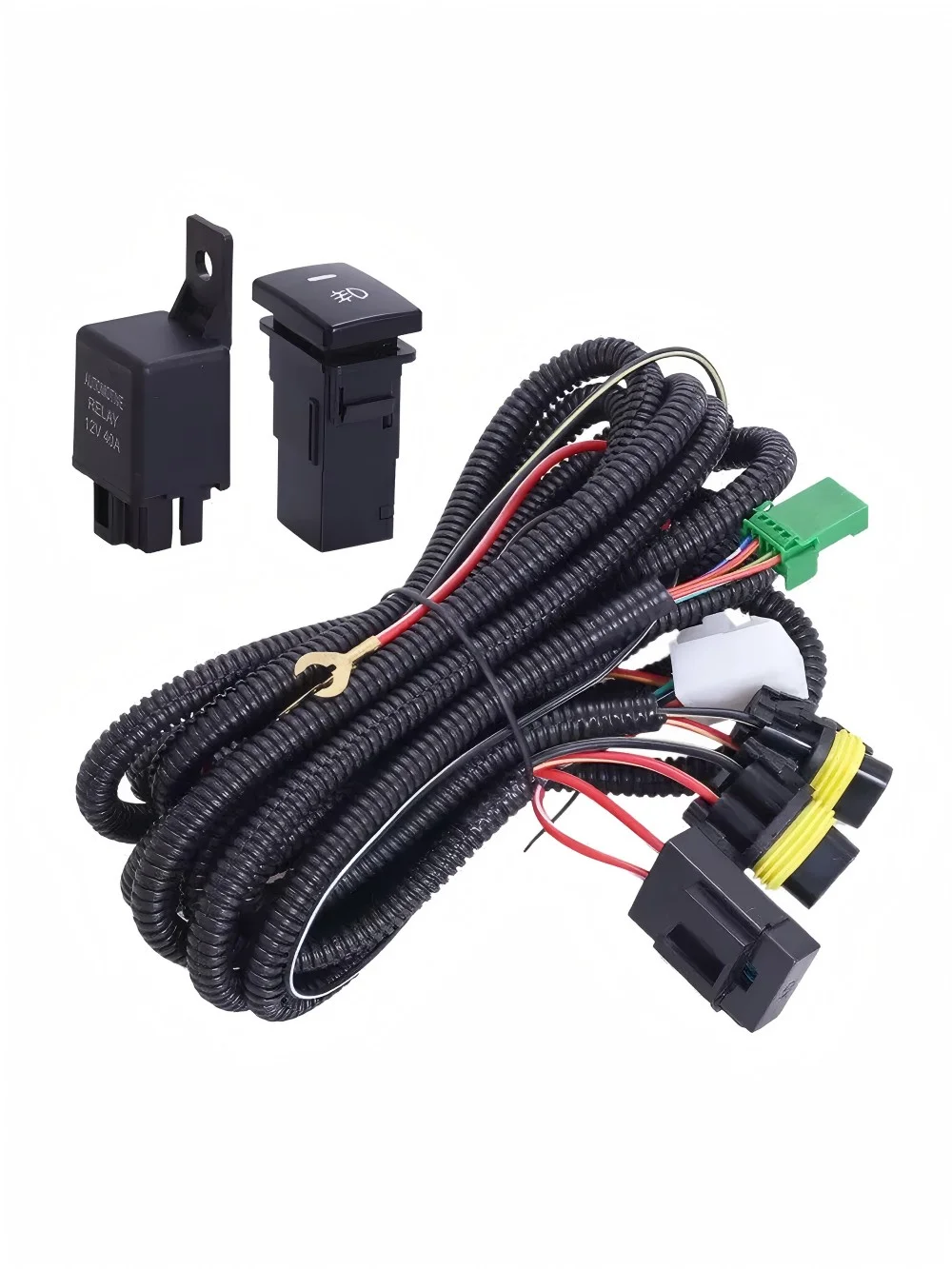Unraveling the Mystery: How to Diagnose Bad Wiring in Your Home
When it comes to maintaining a safe and efficient electrical system in your home, diagnosing bad wiring is crucial. Faulty wiring can lead to a host of problems, including electrical fires, equipment damage, and increased energy costs. This article will delve into the signs of bad wiring, the diagnostic process, and preventive measures to ensure your electrical system remains in optimal condition.
Understanding the Importance of Proper Wiring
Before diving into the diagnostic process, it is essential to understand why proper wiring is vital. Electrical wiring serves as the backbone of your home’s electrical system, distributing power to outlets, appliances, and lighting fixtures. Over time, wiring can deteriorate due to various factors, including age, environmental conditions, and improper installation. Recognizing the symptoms of bad wiring early can prevent catastrophic failures and ensure the safety of your household.
Common Signs of Bad Wiring
- Frequent Circuit Breaker Trips: If your circuit breakers are tripping frequently, it may indicate an overloaded circuit or a short circuit caused by damaged wiring. This is one of the most common signs of electrical issues.
- Flickering or Dimming Lights: Lights that flicker or dim unexpectedly can signal poor connections or overloaded circuits. This symptom is often overlooked but can indicate underlying wiring problems.
- Burning Smell or Discoloration: A burning smell near outlets or switches, or discoloration around electrical fixtures, is a serious warning sign. These symptoms can indicate overheating wires, which pose a significant fire hazard.
- Buzzing Sounds: Unusual sounds, such as buzzing or crackling, coming from outlets or switches can indicate faulty wiring or loose connections. This is a clear signal that immediate attention is required.
- Warm or Hot Outlets: Outlets that feel warm to the touch can indicate excessive current flow due to poor wiring. This can lead to overheating and potential fire risks.
Diagnosing Bad Wiring: A Step-by-Step Guide
Diagnosing bad wiring involves a systematic approach to identify and rectify issues. Here’s a detailed guide to help you through the process:
Step 1: Safety First
Before you begin any diagnostic work, ensure your safety. Turn off the power to the affected area at the circuit breaker and use a non-contact voltage tester to confirm that the power is off. Always wear insulated gloves and use insulated tools.
Step 2: Visual Inspection
Conduct a thorough visual inspection of your wiring. Look for:
- Frayed or Damaged Insulation: Check for any visible signs of wear and tear on the insulation.
- Loose Connections: Ensure that all connections are tight and secure.
- Corrosion: Inspect terminals and connections for any signs of rust or corrosion.
Step 3: Test Circuit Breakers
Using a multimeter, test the circuit breakers for continuity. A breaker that does not show continuity may need to be replaced. Additionally, check for any signs of overheating or damage.
Step 4: Check for Overloads
Identify any circuits that are overloaded. This can be done by calculating the total wattage of devices connected to a circuit. If the total exceeds the circuit’s capacity (usually 15 or 20 amps), consider redistributing the load across multiple circuits.
Step 5: Inspect Outlets and Switches
Remove the covers from outlets and switches to inspect the wiring inside. Look for:
- Loose Wires: Ensure that all wires are securely connected.
- Burn Marks: Any signs of burning or melting indicate serious issues that need immediate attention.
- Grounding Issues: Ensure that all outlets are properly grounded to prevent electrical shock.
Step 6: Consult a Professional
If you identify any significant issues or if you are unsure about your findings, it is crucial to consult a licensed electrician. They have the expertise and tools to diagnose and repair wiring problems safely and effectively.
Preventive Measures to Avoid Bad Wiring
- Regular Inspections: Schedule regular inspections of your electrical system by a qualified electrician to catch potential issues early.
- Upgrade Old Wiring: If your home has outdated wiring (such as knob-and-tube or aluminum wiring), consider upgrading to modern copper wiring to enhance safety and efficiency.
- Avoid Overloading Circuits: Be mindful of how many devices you connect to a single circuit. Use power strips with surge protection to distribute power safely.
- Educate Yourself: Understanding the basics of your home’s electrical system can help you identify potential issues before they escalate.
Conclusion
Diagnosing bad wiring is a critical skill for homeowners who want to maintain a safe and efficient electrical system. By recognizing the signs of faulty wiring and following a systematic diagnostic process, you can address issues before they lead to more significant problems. Remember, when in doubt, always consult a professional electrician to ensure the safety and integrity of your home’s electrical system. Taking proactive measures today can save you from costly repairs and hazards in the future.


